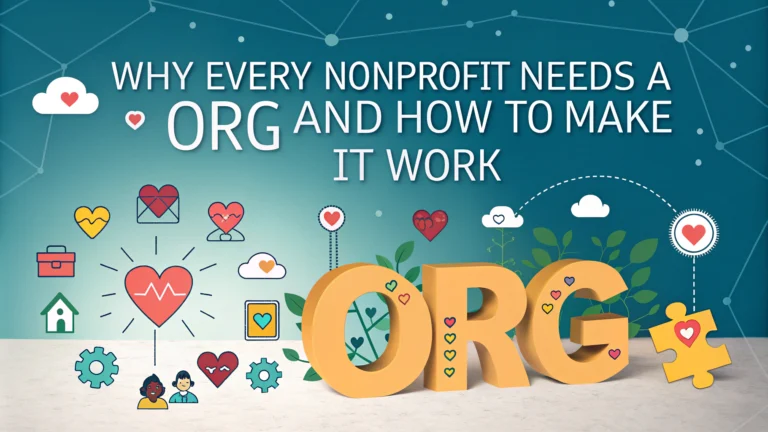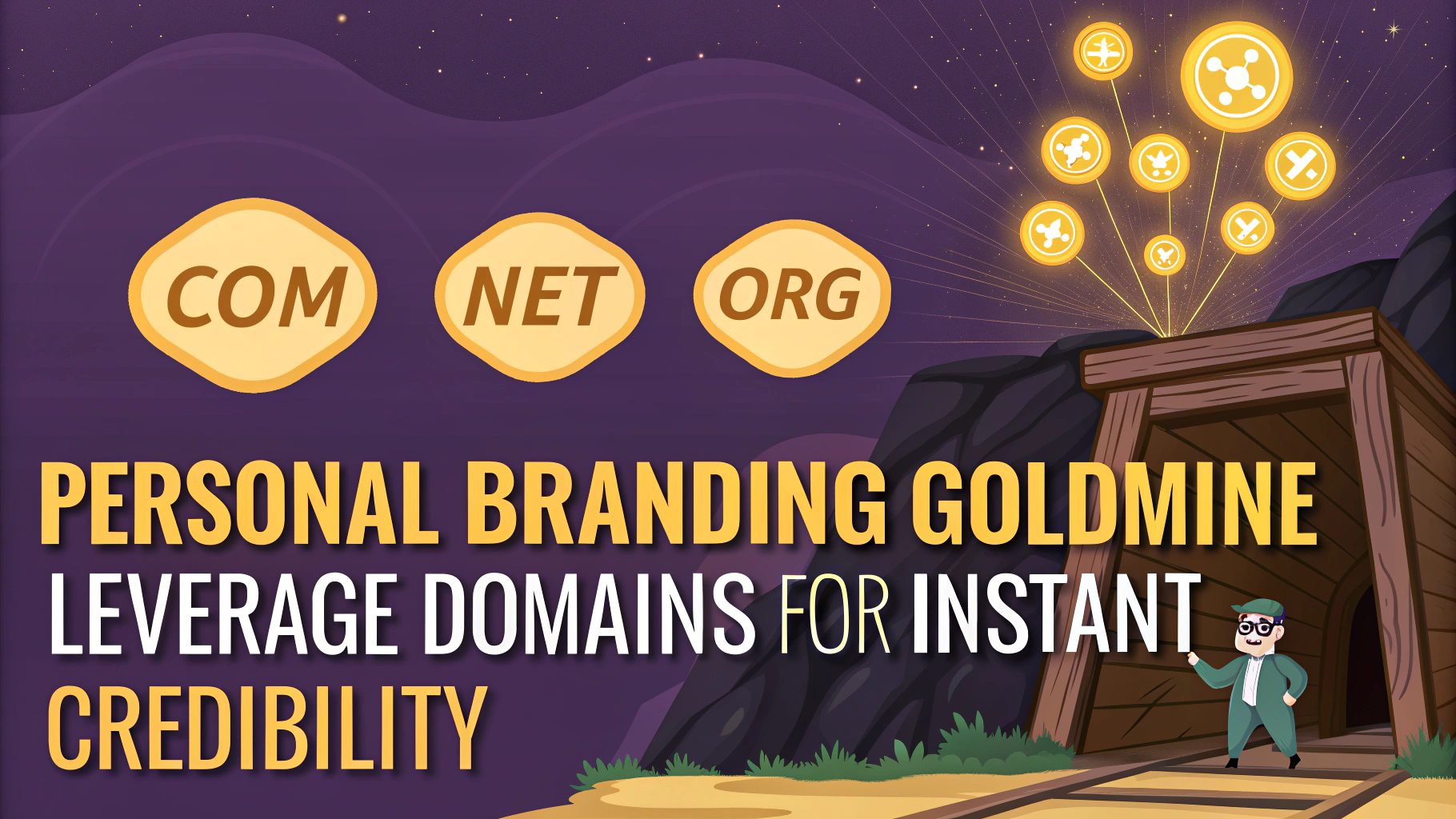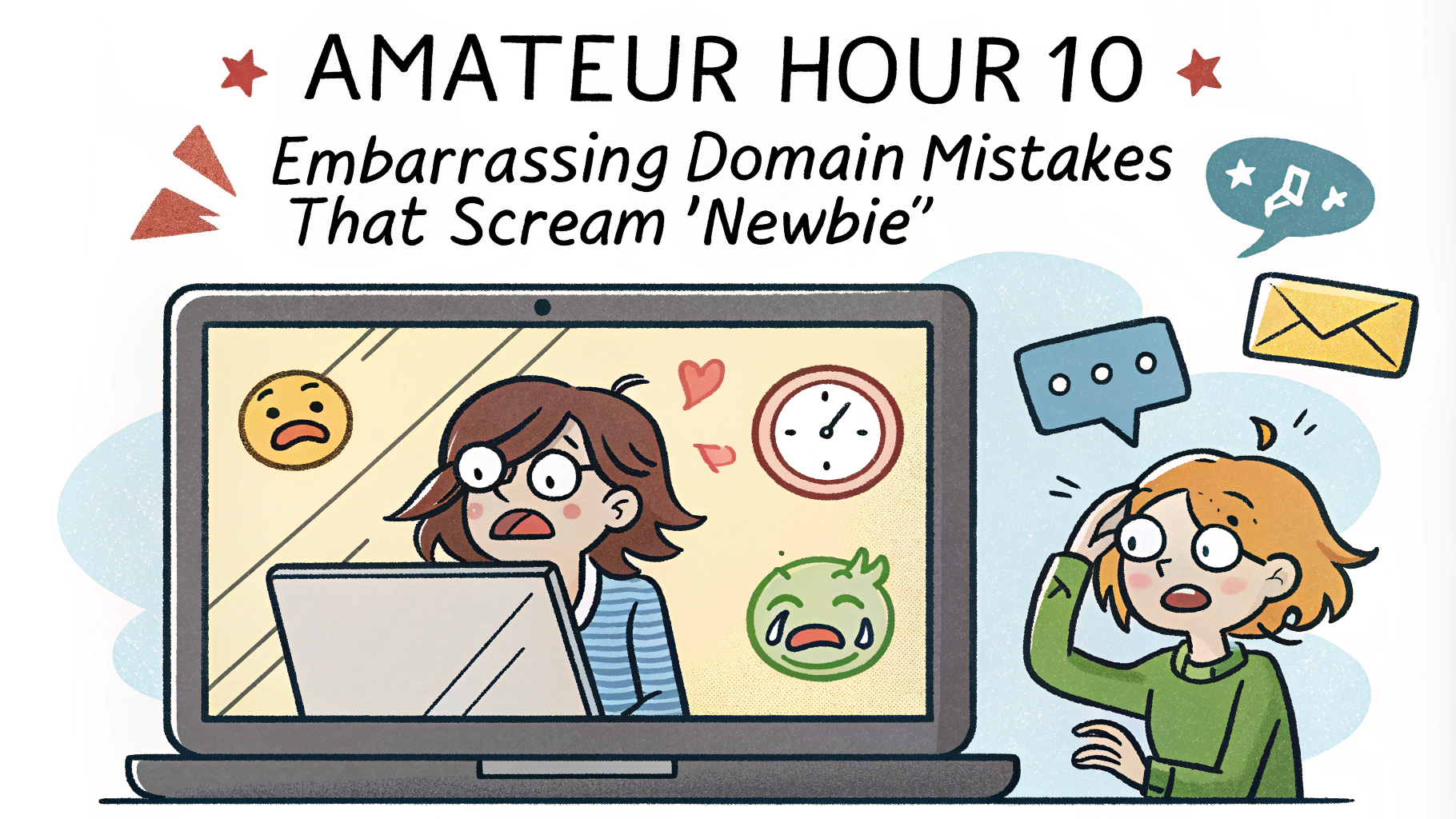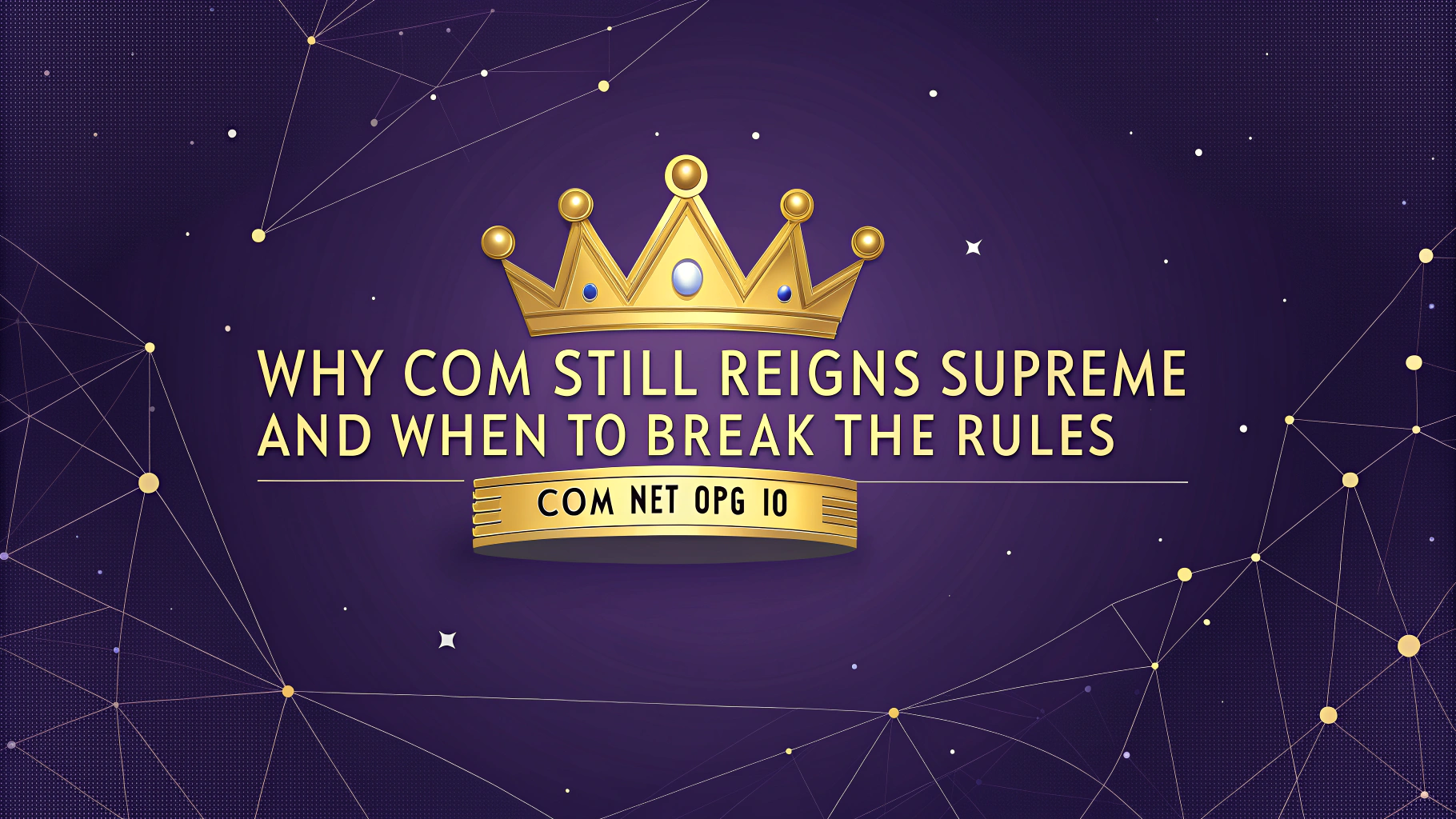A .org domain extension is more than just a web address for nonprofits. It’s a digital identity that builds trust and credibility. This article explores why every nonprofit should consider a .org domain and how to make it work effectively.
Understanding the .org Domain Extension
The .org domain was originally created for nonprofit organizations. It’s now open to all, but still strongly associated with the nonprofit sector.
Key features of .org domains:
- Recognized globally as a nonprofit identifier
- Open to registration by any organization
- Managed by the Public Interest Registry
Examples of Well-Known .org Domains:
- wikipedia.org
- redcross.org
- unicef.org
Benefits of .org for Nonprofits
.org domains offer several advantages for nonprofit organizations:
- Credibility: Instantly signals nonprofit status
- Trust: Associated with ethical and community-focused organizations
- Memorability: Easier for supporters to remember
- Branding: Aligns with nonprofit mission and values
Example: A local animal shelter might use “rescuepets.org” instead of “rescuepets.com” to reinforce its nonprofit status.
How to Choose an Effective .org Domain Name
Selecting the right .org domain is crucial for your nonprofit’s online presence.
Tips for Choosing Your .org Domain:
- Keep it short: Aim for 15 characters or less
- Make it memorable: Use simple, easy-to-spell words
- Include keywords: Incorporate terms related to your mission
- Avoid hyphens and numbers: They can be confusing and hard to remember
Examples of effective .org domains:
- savetheoceans.org
- feedthehungry.org
- teachforall.org
Pro tip: Use a domain name generator tool to brainstorm ideas if you’re stuck.
Domain Name Variations to Consider:
| Original Idea | Alternative Options |
|---|---|
| helpkids.org | kidshelp.org, helpchildren.org |
| savewildlife.org | protectanimals.org, wildliferescue.org |
Maximizing Your .org Domain’s Impact
A .org domain is a powerful tool for nonprofits, but its real value comes from how you use it. Let’s explore strategies to make your .org domain work harder for your organization.
- Consistent branding: Use your domain in all marketing materials
- Email addresses: Create professional @yourdomain.org email accounts
- Social media: Link your .org domain to all social profiles
- Content strategy: Develop valuable, mission-aligned content
Example: An environmental nonprofit might use “blog.savetheearth.org” for educational content about sustainability.
SEO Strategies for .org Domains
Optimizing your .org website for search engines can significantly boost your online visibility and reach.
Key SEO tactics for .org domains:
- Keyword research: Focus on terms related to your mission
- Quality content: Create valuable, informative pages
- Backlinks: Partner with other reputable organizations
- Technical SEO: Ensure your site is fast and mobile-friendly
Example: A hunger relief organization might optimize for keywords like “food donation” or “volunteer opportunities”.
Leveraging .org for Fundraising
Your .org domain can be a powerful fundraising tool when used effectively.
Fundraising strategies using your .org domain:
- Donation pages: Create a dedicated “donate.yourdomain.org” subdomain
- Event microsites: Use “event.yourdomain.org” for fundraising events
- Impact reporting: Share success stories at “impact.yourdomain.org”
Example: A disaster relief organization might use “hurricanerelief.redcross.org” for a specific campaign.
Common Mistakes to Avoid with .org Domains
Even with the best intentions, nonprofits can make mistakes with their .org domains. Here’s what to watch out for:
- Neglecting renewals: Set up auto-renewal to avoid losing your domain
- Ignoring security: Implement HTTPS to protect donor information
- Overcomplicating: Keep your domain name simple and relevant
- Limiting use: Integrate your domain across all online platforms
Example: Avoid complex domains like “help-save-the-rainforest-2023.org” in favor of simpler options like “saverainforests.org”.
Future Trends for .org Domains
The landscape for .org domains is evolving. Stay ahead by understanding these trends:
- Increased scrutiny: Greater emphasis on authentic nonprofit use
- Mobile optimization: More .org sites tailored for mobile users
- Integration with new technologies: Blockchain for transparency
- Multilingual domains: .org domains in non-Latin scripts
Example: A global education nonprofit might register both “teachforall.org” and its equivalent in other languages and scripts.
Conclusion
A .org domain is more than just an online address for nonprofits. It’s a badge of trust, a fundraising tool, and a platform for change. By choosing the right domain, optimizing its use, and staying current with trends, your organization can harness the full power of .org to further its mission and impact.
Remember, your .org domain is often the first interaction supporters have with your cause. Make it count by implementing the strategies outlined in this guide. With the right approach, your .org domain can become a cornerstone of your nonprofit’s success in the digital world.











